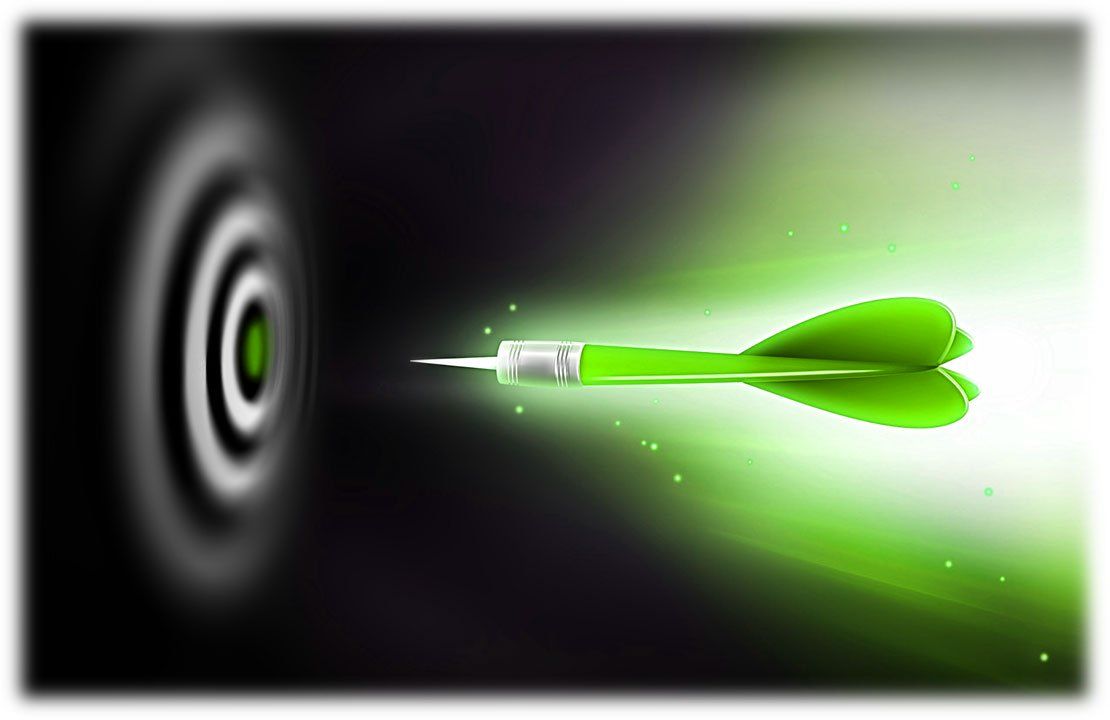Article
Green Light Therapy and Migraines: Will Research Translate to Real-World Use?
Author(s):
A new tool to add to your armamentarium?
©Zffoto/Shutterstock

RESEARCH UPDATE
Green light therapy has recently become a popular idea that migraine patients inquire about. Prevention of migraines includes a number of approaches, including medication, avoidance of triggers, and complementary approaches.
While there is often enthusiasm about non-pharmacological approaches to migraine management, most studies show that the different strategies work best when combined with each other. For example, if green light therapy can have a positive impact on migraines, it is more likely to allow patients to reduce their dose of preventative and/or abortive medication than it is to completely eliminate the need for any migraine medication at all.
The appeal of light therapy
Light therapy is attractive to patients for a number of reasons. It is non-invasive, patient controlled, and inexpensive. And there is a big positive from a physician perspective in that light therapy for migraines has not been shown to cause any adverse effects.
Several studies published over the past several years introduced the idea that green light does not exacerbate migraine headaches as much as other colors of light and that it could even ease the photophobia of migraines.
The research
According to a multinational study published in the journal Brain in 2016, green light was found to exacerbate migraines less than other colors of light-white, blue, and red. This was validated by patients’ subjective reports and was correlated with objective measures. Green light also produced less activation of retinal pathways and cortical responses than did other colors of light used in the study. The researchers moreover reported that some migraine patients experienced a decrease in photophobia in response to green light exposure. In conclusion, the authors reported that “Green light is least likely to exacerbate migraine headache and at low intensities it may even be therapeutic by reducing the headache intensity.”1
A later study, published in 2018 in the journal Pain, took a deeper dive into light sensitivity in migraines, also with a focus on comparing the effects of different colors of light on migraines. The authors reported that approximately 80% of migraine patients experienced exacerbation of their symptoms in response to white, blue, amber, and red lights, while green light exacerbated headaches 40% of the time. The same study reported that exposure to light-initiated headaches about 16% of the time, and that green light therapy initiated headaches about 3% of the time2.
Practical implications
While these studies did not definitively demonstrate that green light could be used as therapy for preventing or relieving migraines, the results have raised patient interest in the idea. Yet, there are still many questions about whether green light therapy could have a real-world impact on migraines and how to best take advantage of the effect.
If patients opt to use green light therapy, parameters need to be established, such as the optimal frequency and intensity of the light, and the type of lighting that should be used. It is too soon to know if migraineurs would benefit from wearing glasses with green tinted lenses or if just looking at the color green would have a beneficial effect.
Neurologists can expect migraine patients to ask for advice about green light therapy in upcoming years. Many patients will likely try it, even without a doctor’s endorsement. And neurologists who ask patients about their use of alternative or at-home therapies may have the opportunity to hear patients describe the effects of this interesting approach on their migraines.
References:
1. Noseda R, Bernstein CA, Nir RR, Lee AJ, Fulton AB, Bertisch SM, et al. Migraine photophobia originating in cone-driven retinal pathways. Brain. 2016;139(Pt 7):1971-1986.
2. Nir RR, Lee AJ, Huntington S, et al. Color-selective photophobia in ictal vs interictal migraineurs and in healthy controls. Pain. 2018;159:2030-2034.




